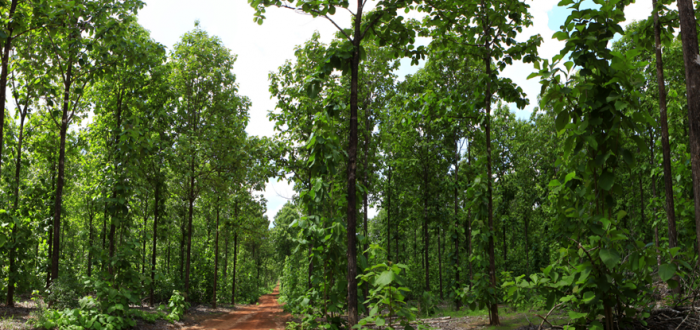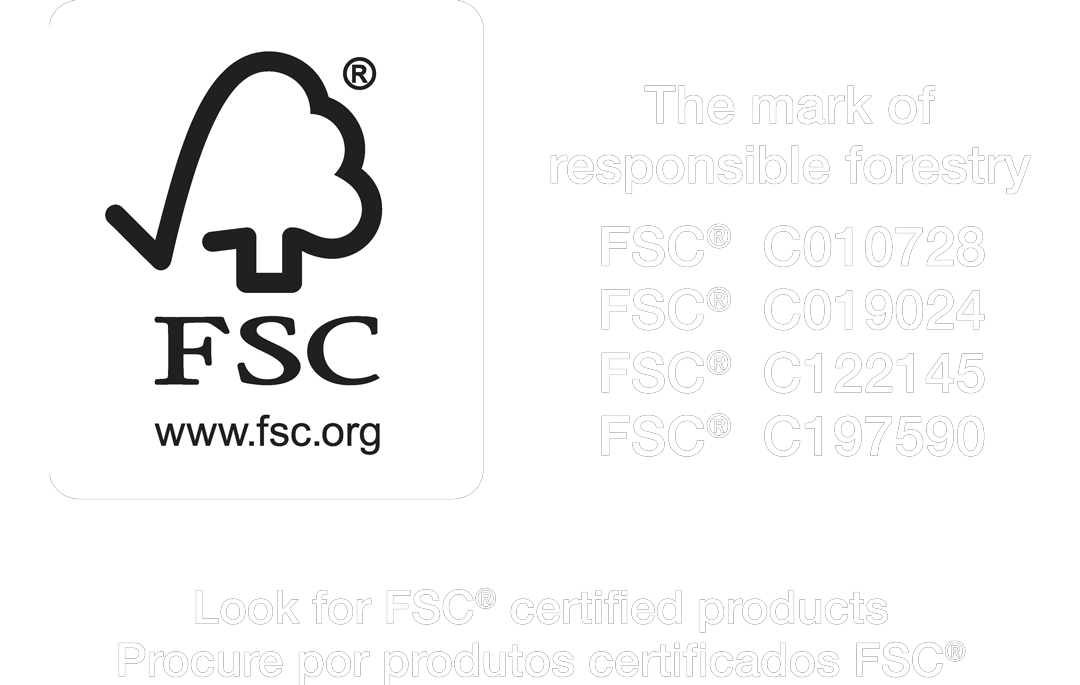Cultivation of trees planted is directly linked to the conservation of rivers and biodiversity, besides contribute to carbon sequestration and protect native forests. Therefore, companies of the sector, as Floresteca, adopt the most advanced techniques of planting and land use.
The technology, genetic improvement and the enhancement of techniques made it possible triple the forest productivity, ensuring the sustainability of natural cycles and maintenance of water resources.
Some institutions of the environment protection, moreover, use the trees planted as specific methodology for the conservation of soil and water sources, which aims to ensure appropriate levels of rivers and maintain the availability of water the year round.
Concomitantly, also made educational activities with small farmers in order to multiply knowledge of technologies that ensure the conservation of water and thus maximize results.
But after all, how planted trees help to preserve? The cultivation and the treatment of these forests involves the following activities:
- Integrated Management: The mechanized forest harvesting leaves a large volume of waste in the field (bark, leaves and twigs). This layer retains moisture and sediments, even with the rain impact, ensuring soil conservation and maintenance of the quality of surface water.
- Mosaic System: Is the formation of green areas interspersed with natural vegetation and trees planted for industrial purposes. The areas of tiles can be combined with other land uses such as agriculture, and lets you adjust the availability of water resources for all activities.
- Monitoring Watershed: The spillway, watershed monitoring tool, allows the study of cycles forestry, water, carbon and nutrients that relate the forest management practices with the environmental health of watersheds.
Source:Iba


 Português do Brasil
Português do Brasil 中文
中文


